The journey to Murchison Falls National Park is the thrilling prologue to your safari adventure. The freedom of a self-drive expedition allows you to travel at your own pace, witness the Ugandan countryside unfold, and feel the excitement build as you draw closer to one of Africa’s most magnificent wildernesses. This in-depth guide provides everything you need to know to confidently navigate your way to the park gates.
The Allure of the Open Road
Choosing to self-drive to Murchison Falls National Park is about more than just transport; it’s about immersion. The trip takes you from the bustling energy of Kampala, through vibrant towns and villages, and into the serene, expansive landscapes that signal your arrival in wild Africa. It’s a journey that offers flexibility—stop for a roadside snack of roasted plantain, pause to photograph a bustling market, or simply absorb the changing scenery.
Choosing Your Route: Southern vs. Northern Gates
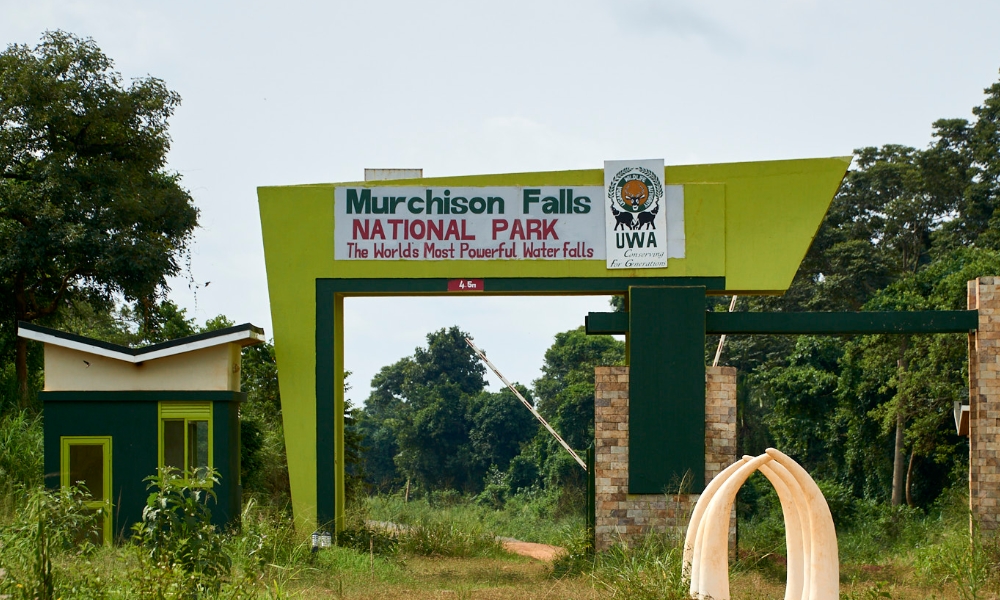
Murchison Falls National Park can be accessed through several gates, broadly categorized into southern and northern entry points.1 The route you choose will depend on your starting point and your itinerary within the park.
- The Southern Gates: This is the most common and direct route for visitors coming from Kampala, Entebbe, or anywhere in southern Uganda.2 The primary southern gate is the Kichumbanyobo Gate.3
- The Northern Gates: These gates—including Tangi, Wankwar, and Chobe—are ideal if you are traveling from the north, perhaps from Gulu town or connecting from a safari in Kidepo Valley National Park.4 This route is less trafficked by tourists originating from the capital.
The Main Artery: A Step-by-Step Guide via the Southern Gate
For the vast majority of self-drive travelers, the journey begins in Kampala. Here’s a detailed breakdown of the most popular route:
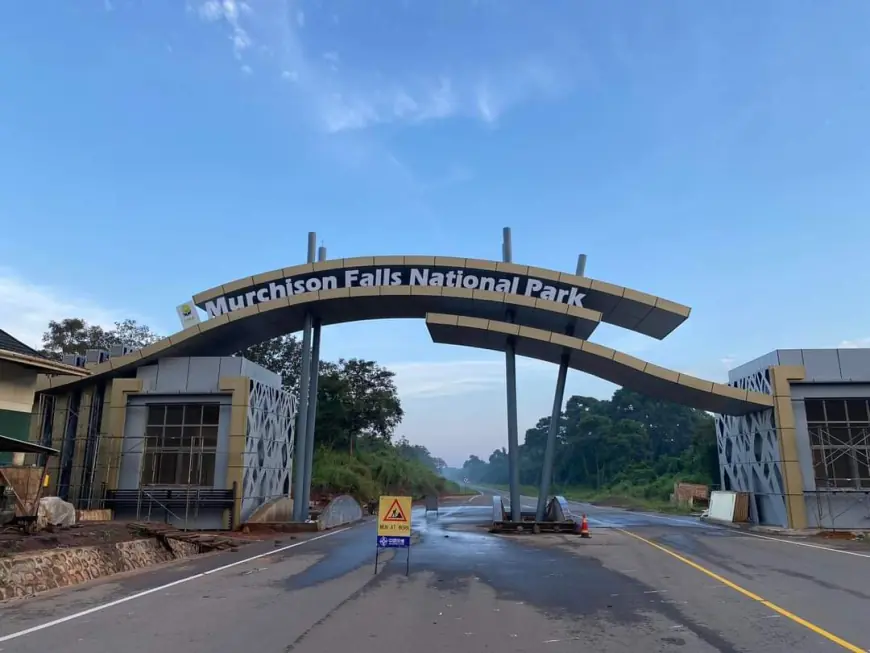
Stage 1: Kampala to Masindi (Approx. 220 km, 3-4 hours)
Your adventure starts by heading north out of Kampala. The Kampala-Gulu highway is a well-paved road that makes for a relatively smooth and straightforward drive. This leg of the journey takes you through several towns, including Luwero and Nakasongola. A noteworthy stop along this route, before reaching Masindi, is the Ziwa Rhino Sanctuary. It is the only place in Uganda to see rhinos in the wild and offers a fantastic opportunity to break up the drive with a guided rhino tracking experience on foot.5
Stage 2: Masindi to Kichumbanyobo Gate (Approx. 85 km, 1-1.5 hours)
Masindi is the last major town before you enter the park’s conservation area and is a crucial stop. This is your last chance to refuel your vehicle at a reliable fuel station and stock up on any last-minute supplies.
From Masindi, you will turn onto a murram (dirt) road that leads directly to the Kichumbanyobo Gate. While this road is unpaved, it is generally well-maintained. However, conditions can deteriorate during the rainy seasons (March to May and October to November), making the drive slower and a 4×4 vehicle essential. As you drive, the landscape becomes more rural and wild, building anticipation for what lies ahead.
Stage 3: Entering the Park and Reaching Your Lodge
Upon arrival at Kichumbanyobo Gate, you will need to register and pay the park entrance fees, which are charged per person and per vehicle and are typically valid for 24 hours. Payments are made using a credit card or mobile money; cash is often not accepted.
Once inside the park, you are officially on safari! The southern sector is largely forested. Your next key landmark is the Paraa ferry crossing on the Nile River, which connects the southern sector to the prime game-viewing plains of the northern sector.6 The drive from the gate to the ferry can take over an hour. Be mindful of the ferry’s operating schedule, as it runs at set times throughout the day. If your lodge is in the northern sector (like Paraa Safari Lodge or Pakuba Safari Lodge), you will need to time your arrival to catch a crossing.
Essential Logistics for a Smooth Self-Drive Journey
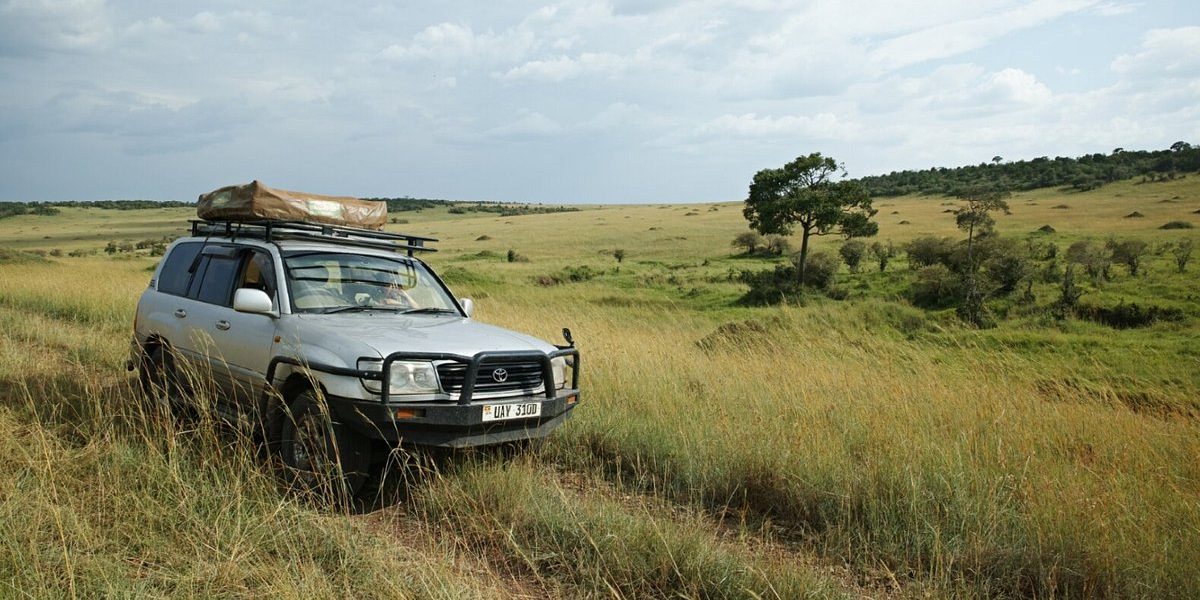
- Vehicle is Key: A high-clearance 4×4 vehicle is not just recommended; it is essential. While the highway to Masindi is paved, the roads within the park are gravel and dirt. During the rains, these tracks can become muddy and slippery, and a 4×4 will provide the necessary traction and peace of mind.
- Navigation: Do not rely solely on mobile network-based maps, as service can be patchy. Before you set off, download offline maps of the area using apps like Google Maps or Maps.me. A traditional paper map of the park, often available for purchase at the park gates, is also a reliable backup.
- Timing Your Drive: Aim to start your journey from Kampala early in the morning (around 7:00 AM) to avoid the city’s notorious traffic. This also ensures you reach the park with ample daylight, allowing you to get to your lodge before the park gates close (usually around 7:00 PM). Driving within the park after dark is strictly forbidden.
- Documentation: Ensure you have your driving license, vehicle registration, and rental documents readily accessible.
Embarking on a self-drive trip to Murchison Falls National Park is a profoundly rewarding experience. It grants you an intimate connection with the landscape and the freedom to craft your own unique adventure. By planning your route, choosing the right vehicle, and being prepared for the journey, you set the stage for an unforgettable safari in the heart of the Pearl of Africa.
Book a 4×4 rental car today for chance to visit Uganda’s largest and oldest national park- Simply contact us now by sending an email to info@ugandacarrentalservices.com or call us now on +256-700135510 to speak with the reservations team.


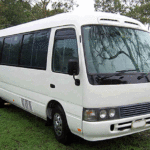
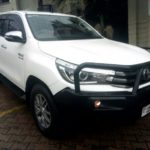

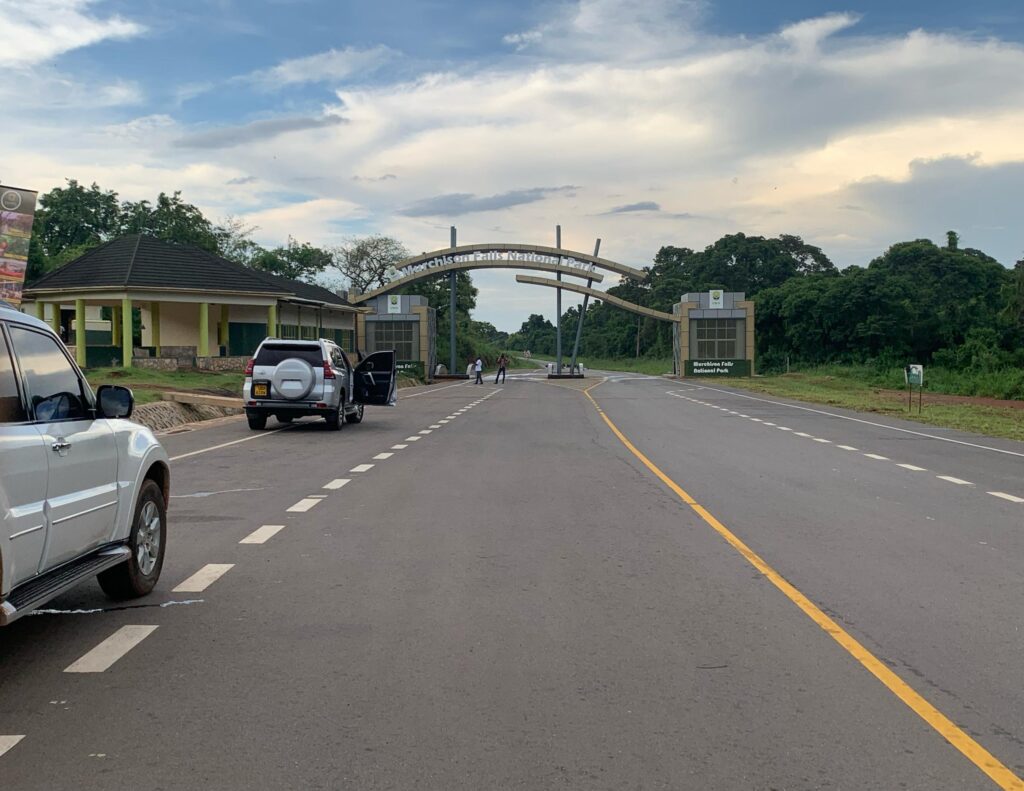
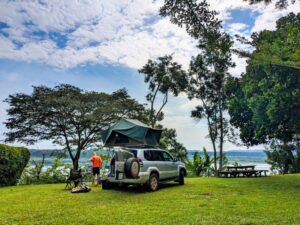
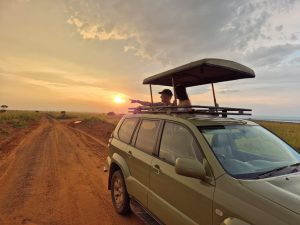

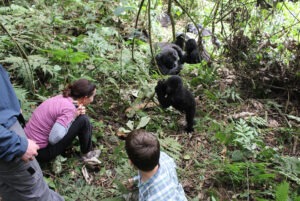
Related Articles
Best Time to Visit Uganda for Safaris: Month-by-Month Guide
Why Choose a 4×4 Car Rental in Uganda for Your Safari Trip
Cheap Car Rental Uganda: Save Money Not Sacrificing Quality